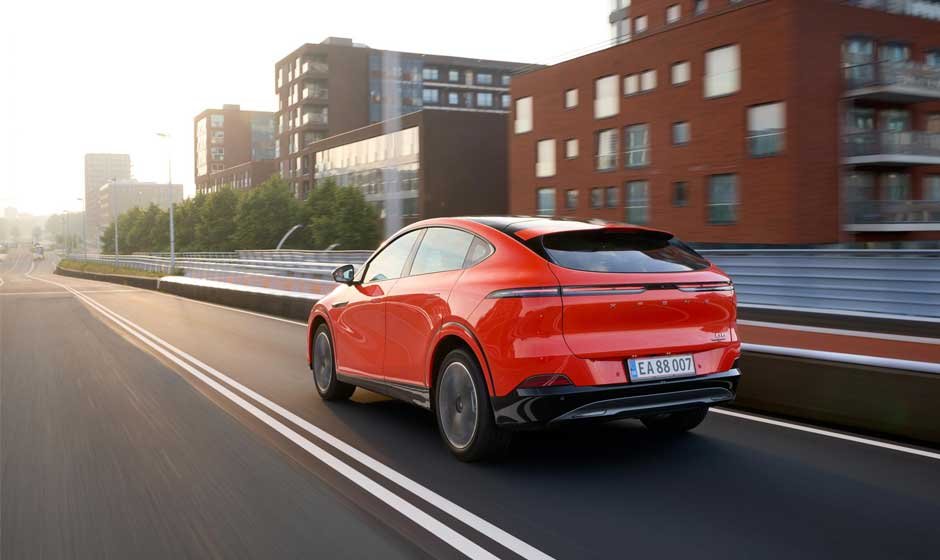
Bringing a vehicle from overseas into Australia can be an exciting yet complex process. Whether it’s a cherished car, a motorcycle, or a vintage vehicle, understanding the logistics, legal requirements, and adjustments needed for importing cars to Australia is crucial. This guide will walk you through the steps necessary to ensure a smooth transition of your vehicle to its new home in Australia.
Understanding Australian Import Requirements
Before you initiate the process, it’s vital to familiarize yourself with the specific requirements that the Australian government imposes on vehicle imports.
Obtain an Import Approval
- Application Process: You must apply to the Department of Infrastructure, Transport, Regional Development and Communications for a vehicle import approval.
- Necessary Documents: This includes providing detailed information about the vehicle and proof of ownership.
Comply with Australian Standards
- Safety Standards: Your vehicle must meet the Australian Design Rules (ADRs) for safety and environmental standards.
- Modifications: Some vehicles may require modifications to comply with these standards, such as adjustments to the emission systems or the installation of new seat belts.
Choosing the Right Shipping Option
Selecting the appropriate shipping method is critical in protecting your vehicle during transit and ensuring cost-efficiency.
Shipping Methods
- Roll-on/Roll-off (RoRo): Ideal for drivable vehicles, this method involves vehicles being driven on and off the ship.
- Container Shipping: Provides greater protection for your vehicle, especially recommended for high-value or delicate vehicles.
Insurance and Protection
- Marine Insurance: Opt for full coverage to protect against potential damage during the shipping process.
- Packing Requirements: Ensure that your vehicle is securely packed and stabilized within the shipping container.
Customs, Quarantine, and Compliance
Upon arrival in Australia, your vehicle will undergo several inspections and procedures before it is cleared for entry.
Clearing Customs
- Duty and Taxes: Be prepared to pay import duties, Goods and Services Tax (GST), and possibly Luxury Car Tax (LCT) if applicable.
- Documentation: Have all your paperwork in order, including the import approval, purchase receipts, and any certificates of compliance.
Quarantine Inspection
- Biosecurity Measures: Australia has strict biosecurity measures to prevent the introduction of foreign pests and diseases. Your vehicle must be thoroughly cleaned before shipment to avoid quarantine breaches.
- Inspection Process: Expect a detailed inspection upon arrival; any contaminants can lead to additional cleaning requirements and associated costs.
Registration and Local Compliance
Getting your vehicle legally ready for the roads in Australia involves a few more steps post-arrival.
Inspection and Modifications
- Roadworthiness Inspection: Your vehicle must pass a local roadworthiness test to be registered.
- Compliance Modifications: If further modifications are required to meet local standards, these should be completed by a certified mechanic.
State Registration
- Registration Requirements: Vehicle registration requirements vary between Australian states and territories. Check with the local transport authority for specific guidelines.
- Cost of Registration: Includes registration fees, stamp duty, and compulsory third-party insurance.
Adapting to Australian Roads
Understanding and adapting to local driving conditions and regulations will ensure your safety and compliance.
Driving on the Left
- Orientation: Australia drives on the left side of the road, which can be a significant adjustment for many drivers.
- Driver Readiness: Consider taking a few driving lessons to familiarize yourself with local traffic laws and road etiquette.
Ongoing Maintenance and Servicing
- Regular Servicing: Maintain your vehicle regularly to ensure it remains in good condition and performs well in Australian conditions.
- Find a Reliable Mechanic: Establish a relationship with a local mechanic who has experience with imported or your specific type of vehicle.
Importing a vehicle to Australia requires careful planning and attention to detail. By understanding each step of the process and preparing accordingly, you can ensure that your vehicle transition is as seamless and stress-free as possible. Whether it’s for personal use or as part of a collection, the joy of driving your vehicle on Australian roads will be well worth the effort





